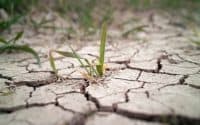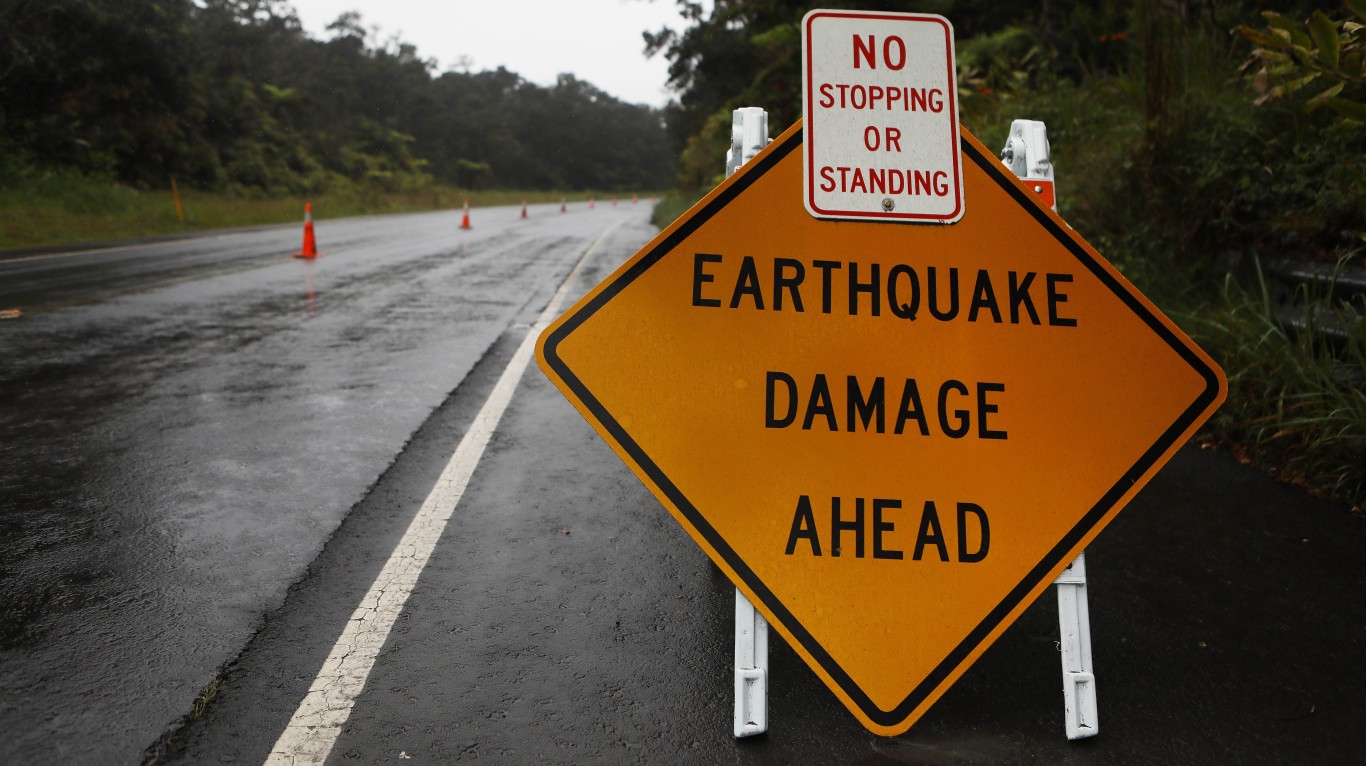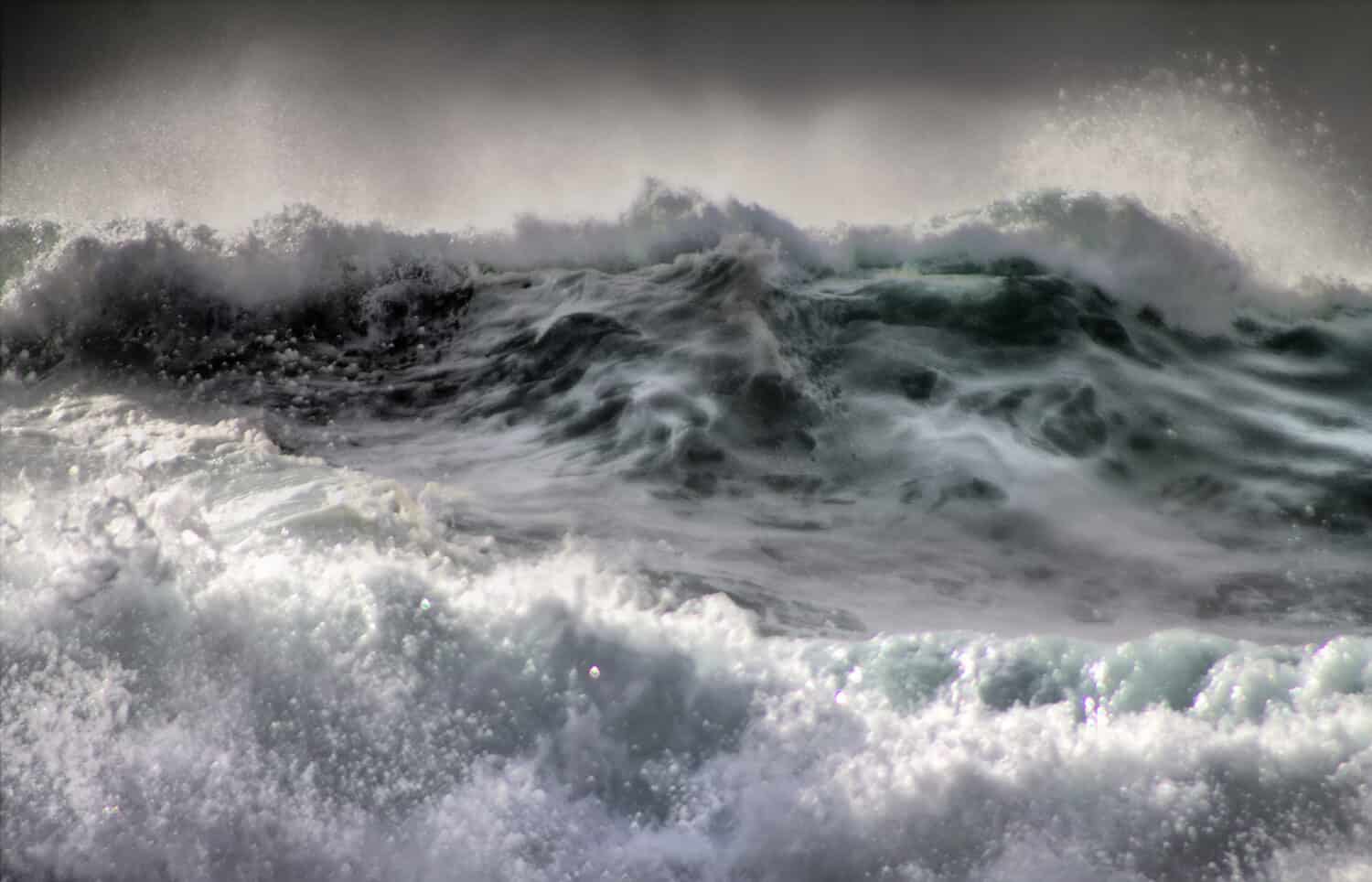
Hurricanes are the most costly disasters by far to strike the United States each year. The 2024 hurricane season is shaping up to be above-average in terms of the number of storms, their intensity, and the damage they have wrecked: the brutal effects of a warming climate, according to many scientists. We have a summary of the damage so far, and what those who know say we can still expect. And as more hurricanes form this season, stay up to date with the National Hurricane Center website, hurricanes.gov.
24/7 Wall St. Insights
- Researchers believe warmer oceans and a weather pattern called La Niña may be responsible.
- To date, in the Atlantic there have been 4 tropical storms and 9 hurricanes.
- Forecasters have predicted up to 24 this season.
- Also: Discover “The Next NVIDIA
The Country’s Most Costly Disasters
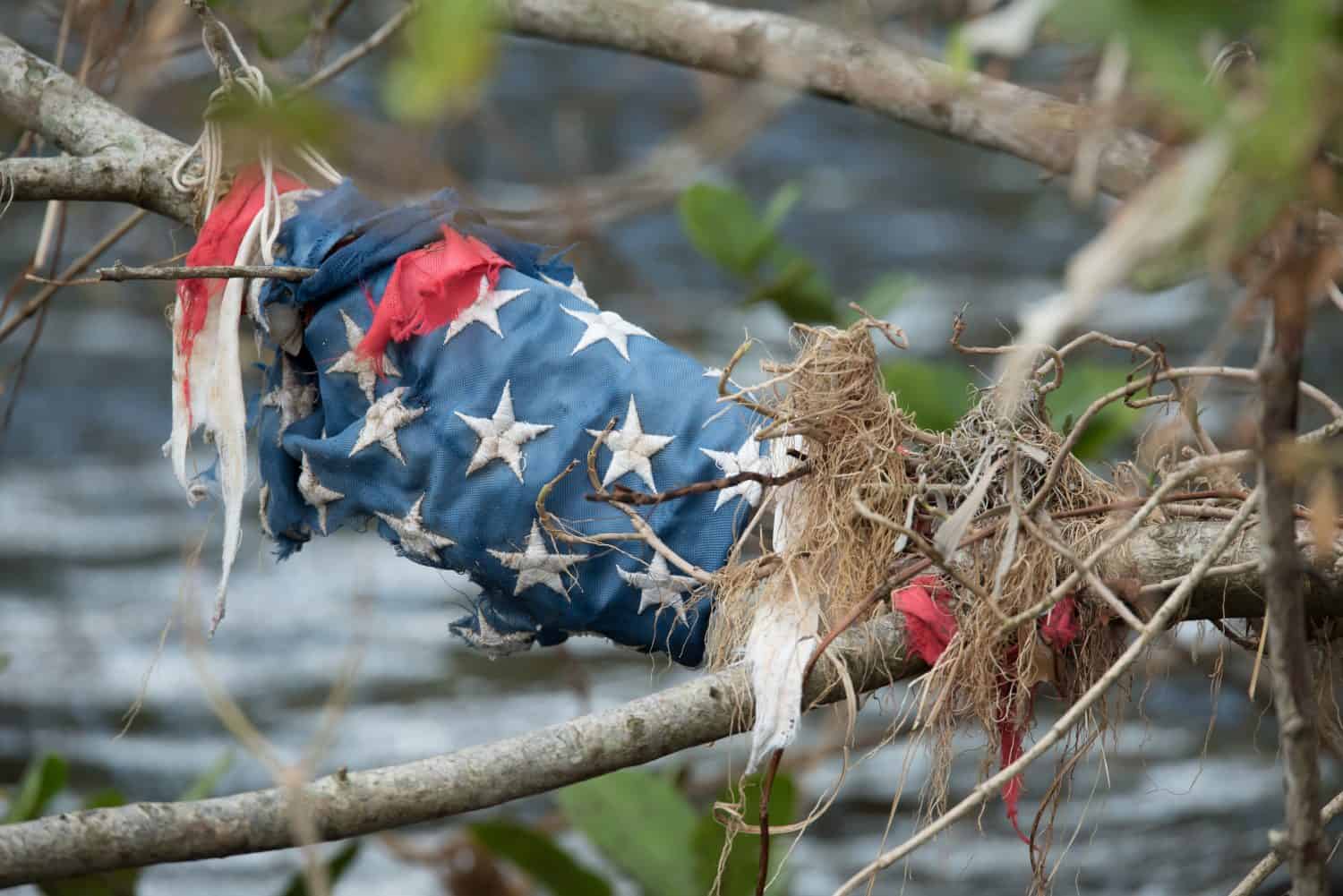
The NOAA Office For Coastal Management reports that between 1980-2023, the United States was hit with 363 weather disasters that caused over $1 billion damage each. By far hurricanes were the most costly ones, totaling $1.3 trillion in losses. And more important, they were the most deadly as well, taking 6,890 lives in that time period.
What Are Hurricanes?
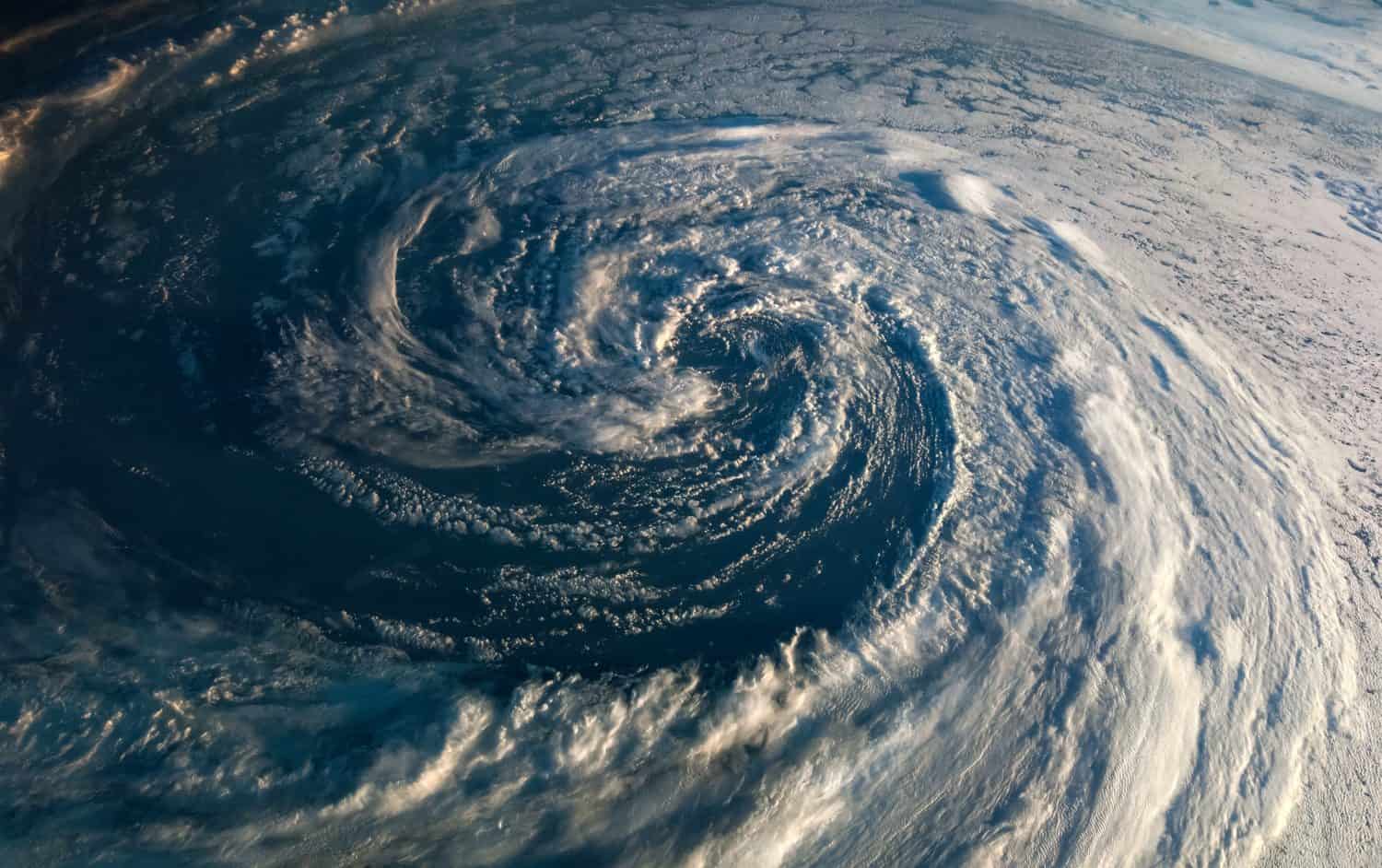
A hurricane is a big rotating storm that revolves around an “eye” of low pressure. It brings strong winds, torrential rain, and causes tornadoes. Flooding is one of the deadliest problems hurricanes cause, both from their heavy rainfall and the storm surge they cause that washes ocean waves deep inland and up river systems. People often underestimate how powerful flood waters can be, as only a few inches of flowing water can sweep a person off their feet and a couple of feet are enough to lift a car from a road and wash it away.
Different Names, Same Storm
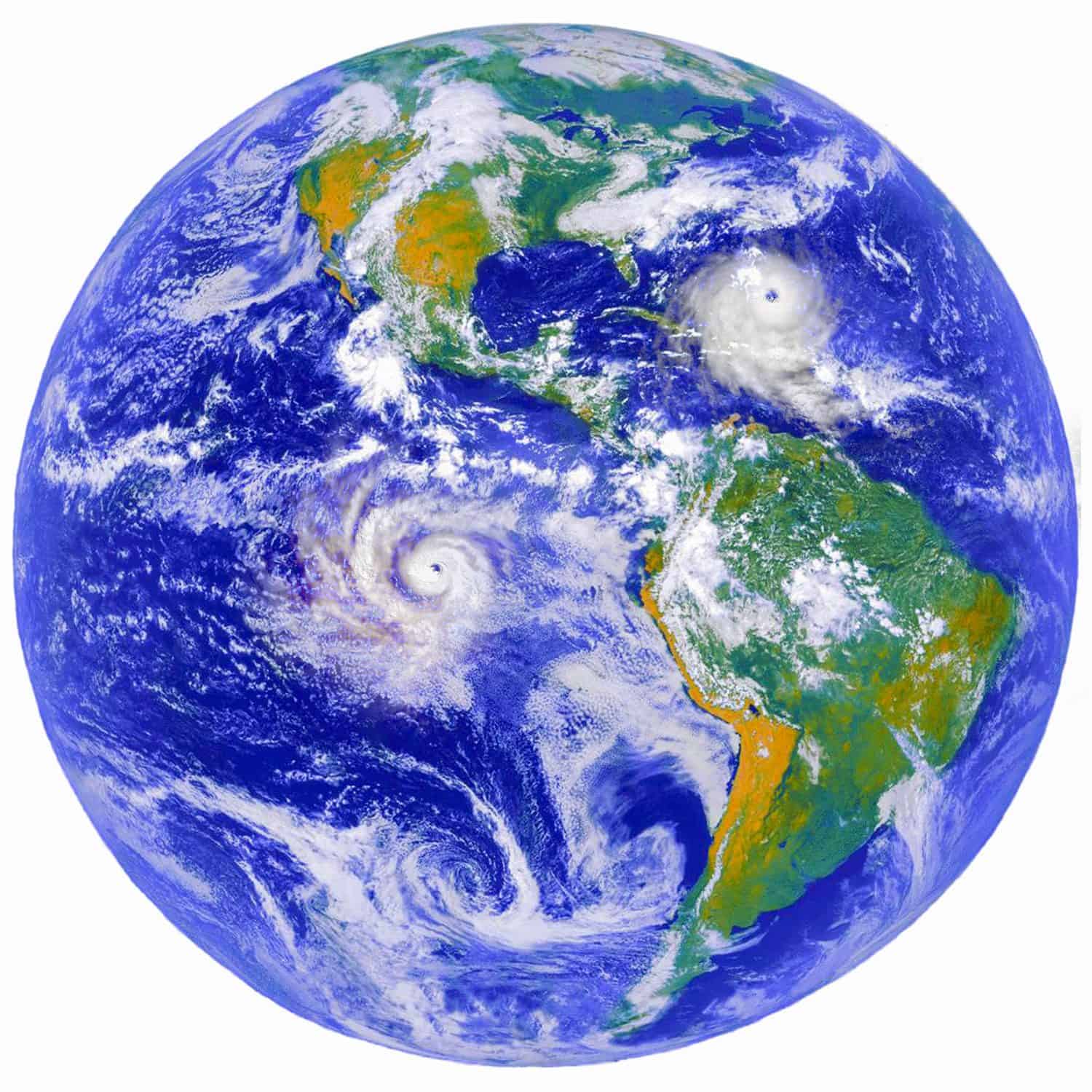
The formal name for these storms is “tropical cyclone,” but they go by different regional names: “hurricane” off the east and west coasts of North America, “typhoon” in the Asia-Pacific region, and “cyclone” in the South Pacific and Indian Oceans. We also speak of “tropical storms.” These are weaker versi0ns of hurricanes. A tropical storm has wind speeds between 39-73 mph. Once it hits 74 mph or higher, it’s considered a hurricane.
How and Why Are These Storms Named?

Every tropical storm and hurricane receives a name from the World Meteorological Organization. Before the 1950s, hurricanes were usually identified by the name of a saint, or by the year and the place where they hit. This was confusing because a hurricane can hit more than one place and more than one hurricane could strike the same place in a single year. In the 1950s the practice of giving them female names started to distinguish them from each other, and in the 1970s they began alternating them with male names, as the previous practice was considered derogatory to women.
Are Hurricane Names Reused?

There is a rotating list of 21 names for tropical storms and hurricanes that repeats every 6 years, but if a particularly deadly storm strikes, the name will be retired from the list. A lot of tropical storms are small and go unnoticed, so the powers that be think it won’t be a problem to reuse the names. However, it does create confusion for people researching or writing about them—a needless issue given that there are literally tens of thousands of first names in the English language alone.
How Hurricanes are Ranked

Hurricanes are ranked from category 1 to 5 based on their sustained wind speed. Knowing the category of a storm is a way to estimate how much property damage it could do when it hits land and what precautions residents need to take.
Category 1 Hurricanes
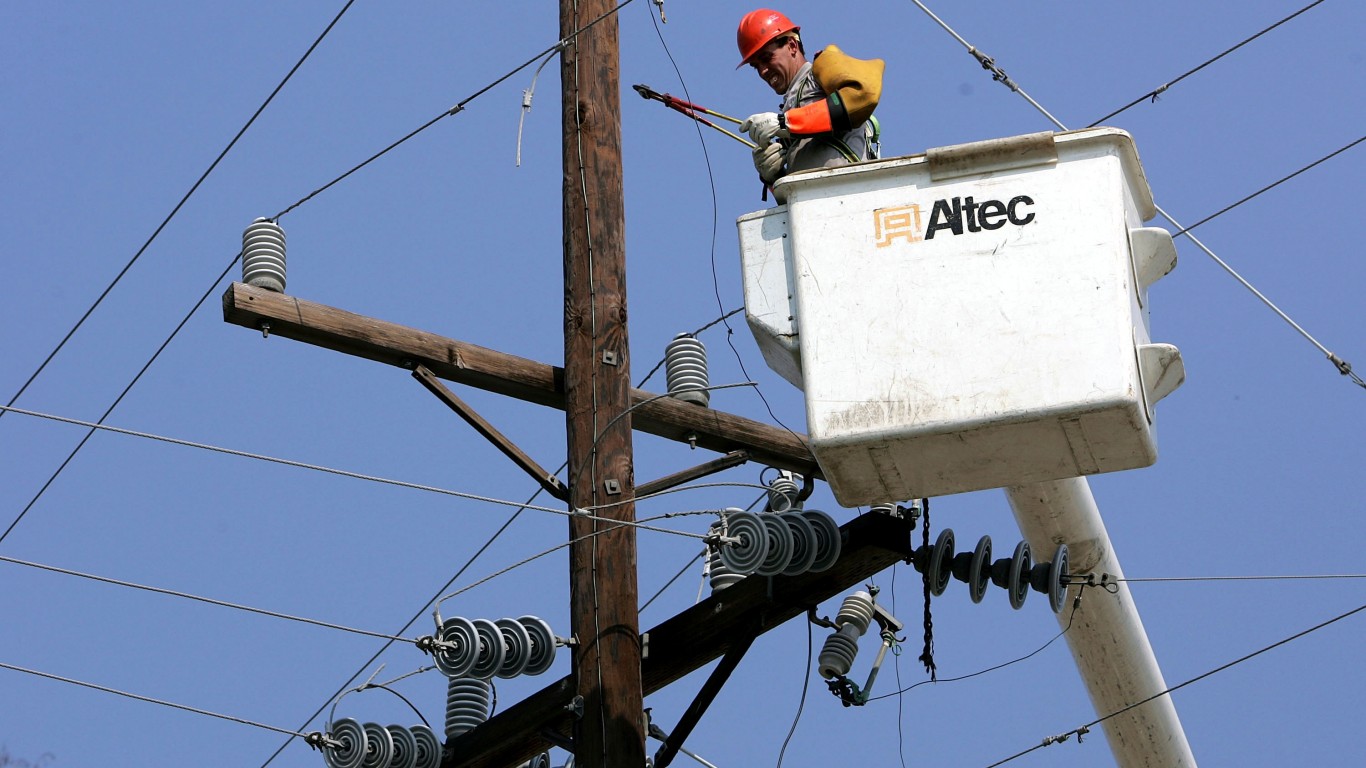
A category 1 hurricane has a wind speed of 74-95 mph. They can damage roofs and siding on houses, break large tree branches and blow down some trees whose roots are too shallow to hold them in place in waterlogged soil. Power lines can get knocked down it can take several days to get it restored.
Category 2 Hurricanes
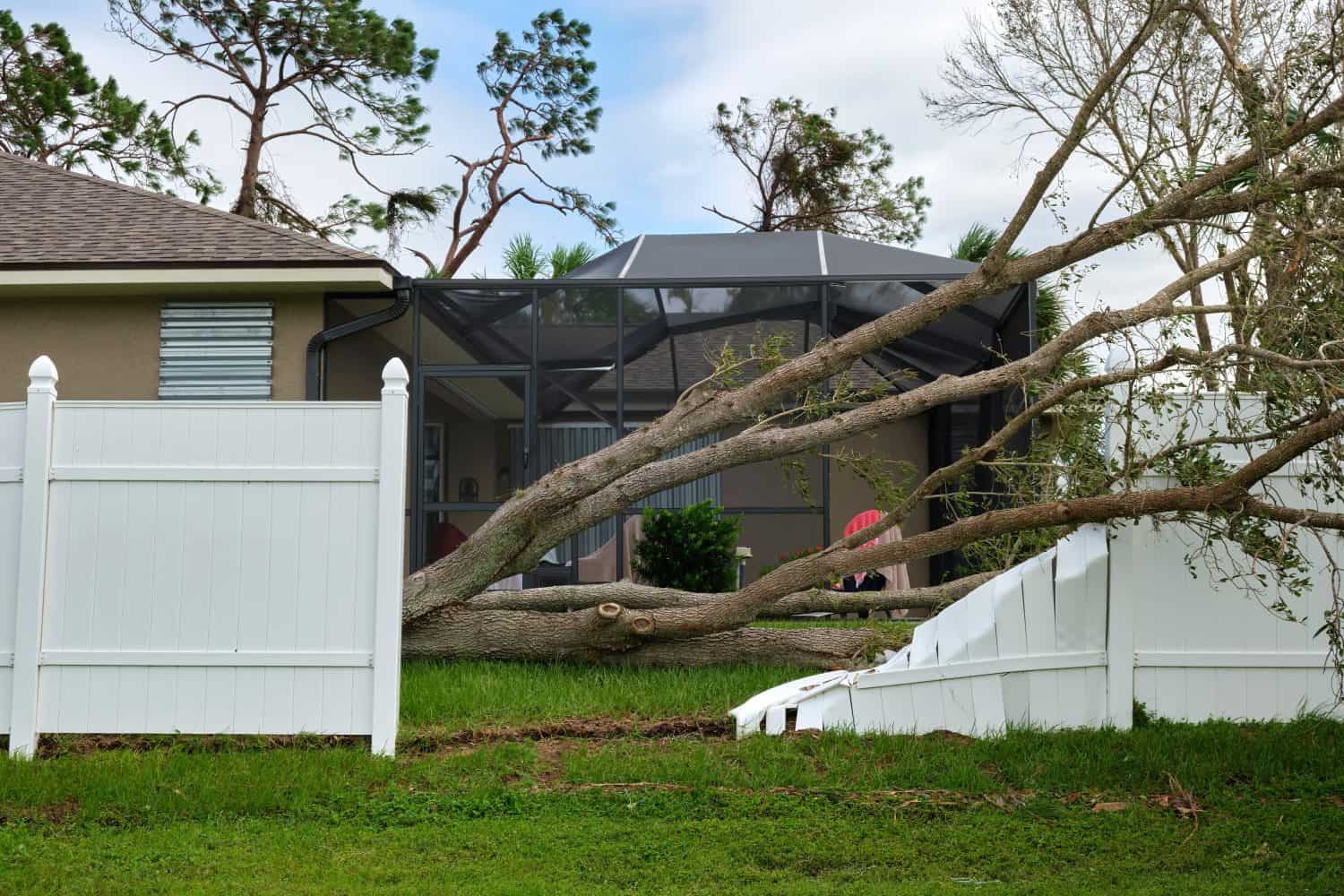
At category 2, a hurricane’s winds have reached 96-110 mph. Homes and businesses can sustain major damage, many trees will come down, blocking roads and knocking down power lines. It will take days or weeks to get everyone’s power back on line.
Category 3 Hurricanes
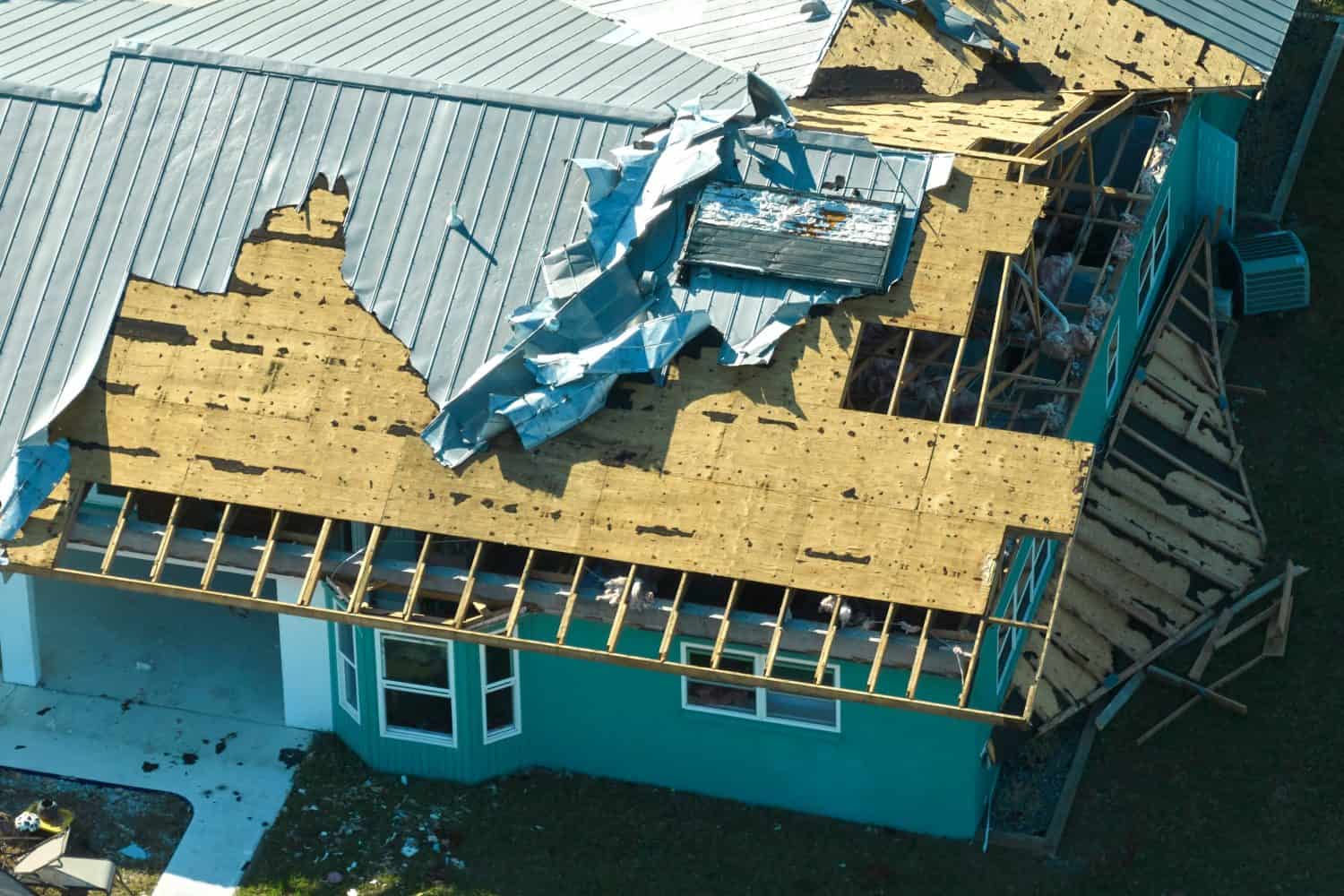
When a storm has sustained winds of 111-129 mph, it’s considered category 3. Even strongly-build homes can sustain major structural damage. A large number of trees will come down and power will take potentially a long time to restores. When category 3 is reached, the storm is considered to be a major hurricane.
Category 4 Hurricanes
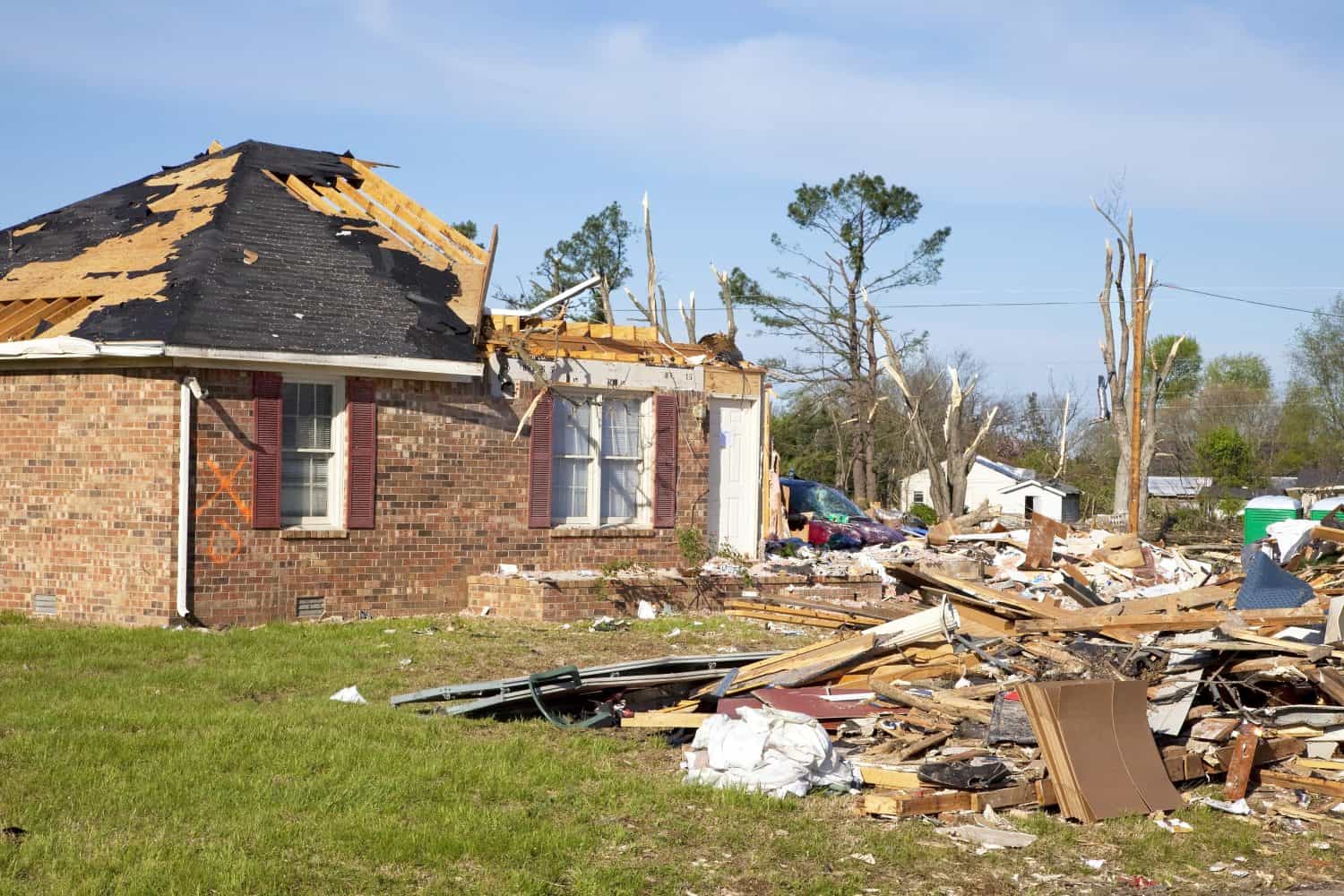
A category 4 hurricane is one that will do truly catastrophic damage. With winds of 130-156 mph, the storm can take the roofs off very solidly built homes and blast down some of the exterior walls. Most trees will be severely damaged, stripped of limbs, toppled over, or snapped in half. Power will be out for weeks or months and no one will be able to live there without major cleanup and restoration of utilities.
Category 5 Hurricanes
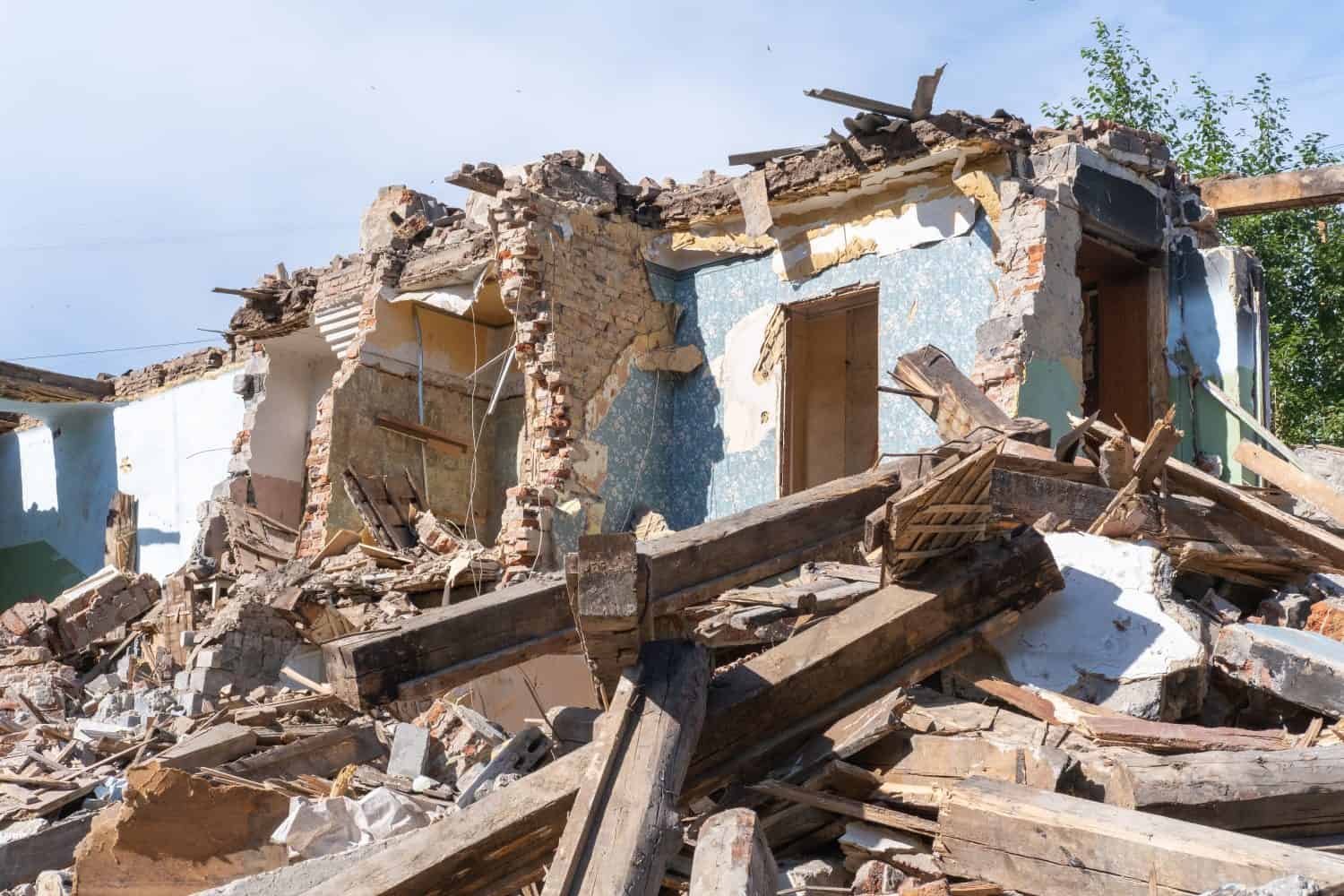
The most severe hurricanes are those in category 5. They have wind speeds of 157 mph or higher. A very large number of frame houses will be utterly destroyed and the area will be an uninhabitable wasteland for months. Complete reconstruction will be necessary.
How Far Out Can We Predict Hurricanes?
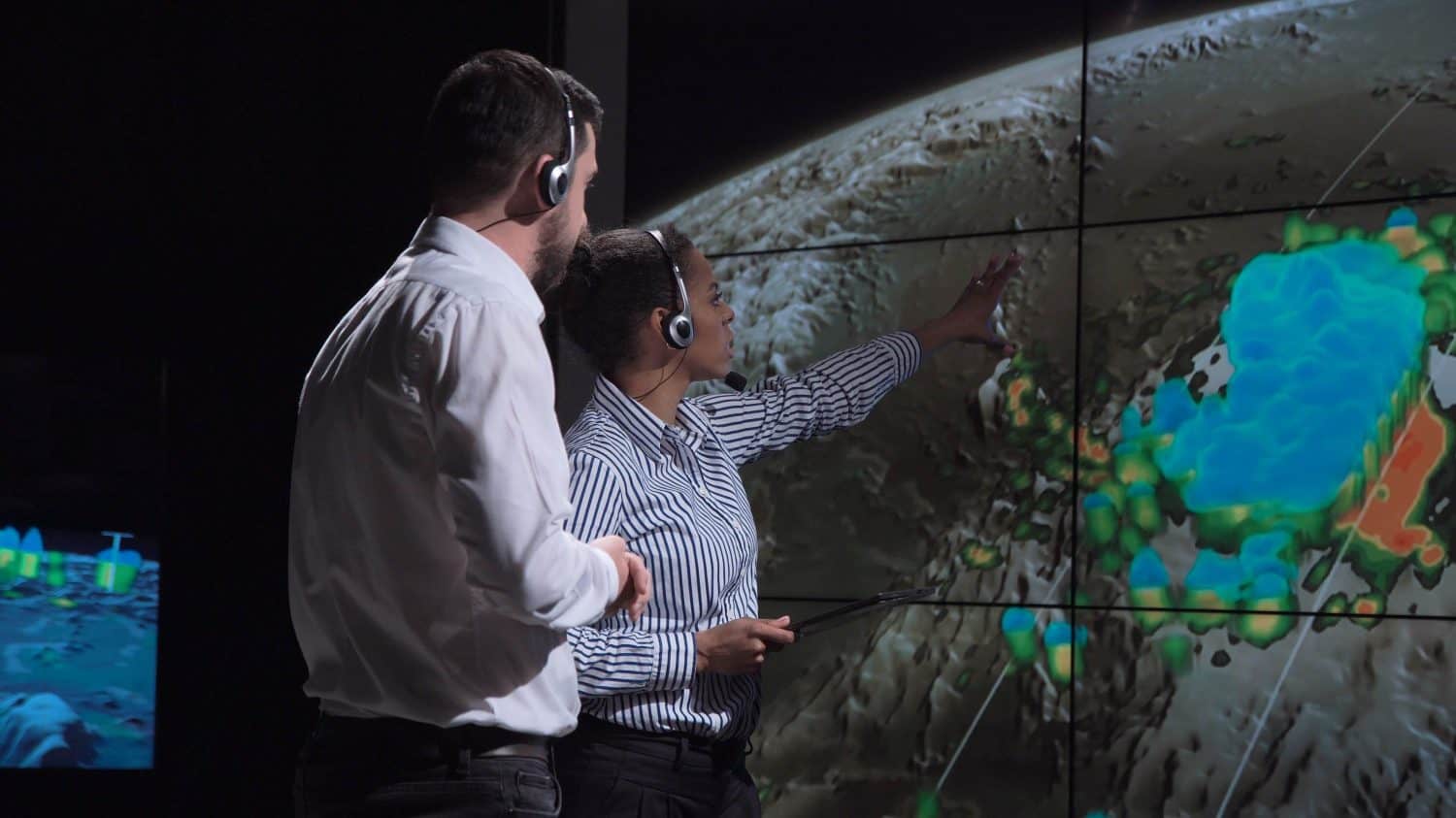
Researchers can give an overall estimate of how many storms there might be during a season, but can’t predict exactly whether or where they will make landfall. Only when a storm is about a week away from reaching a coastline can meteorologists begin to forecast the most likely places to be hit, the wind speed and likely damage, and the potential height of the storm surge in coastal areas.
Forecasts For the 2024 Hurricane Season
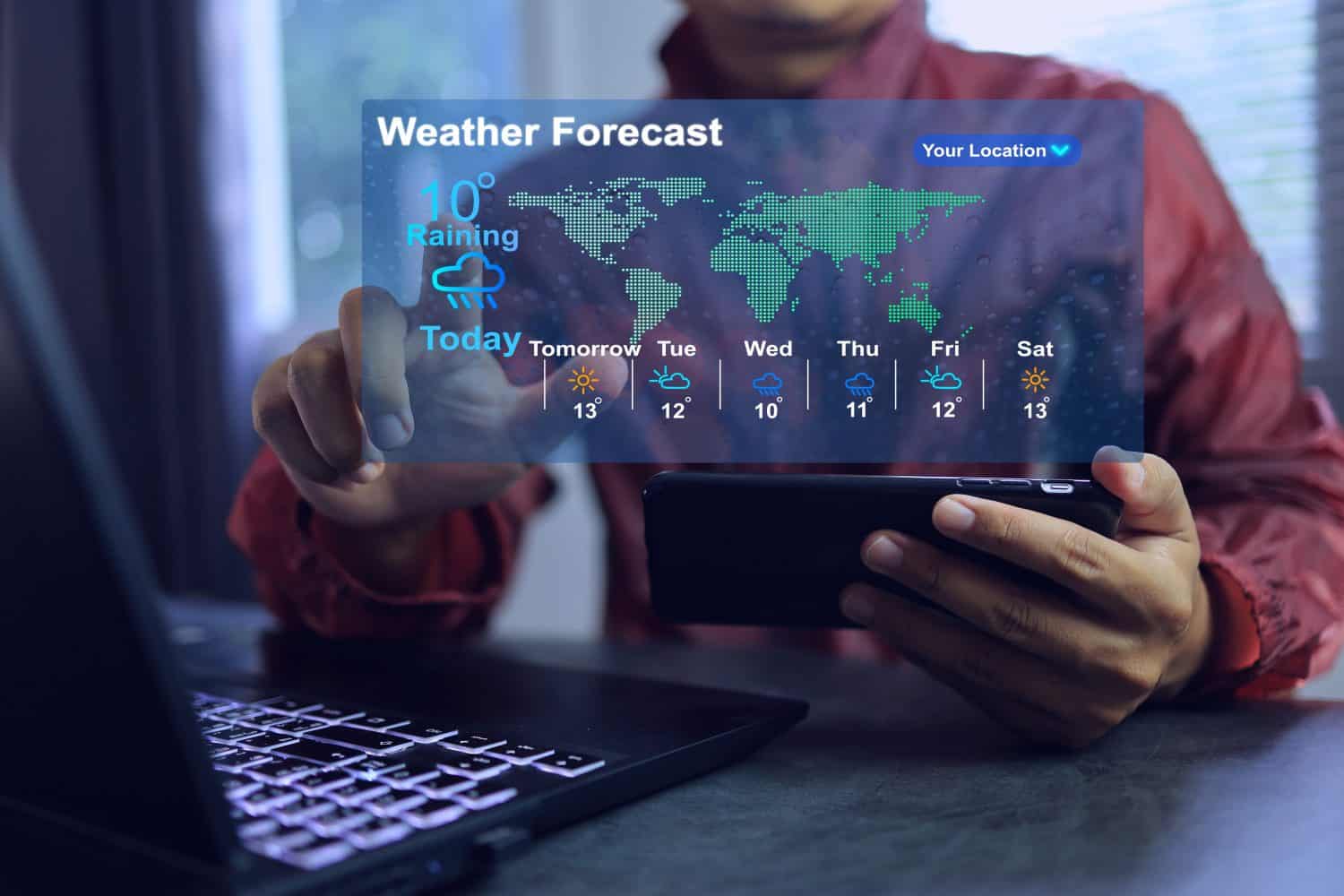
The Atlantic hurricane season lasts from June 1-Nov. 30, 2024. Studying climate models, researchers at the NOAA Climate Prediction Center forecast a 90% chance of an above-average hurricane season. On Aug. 8, they updated their earlier forecasts to predict 17-24 named storms, including 8-13 hurricanes. Of those 4-7 would be major hurricanes with winds of 111 mph or more (category 3-5).
Why Is 2024 Such an Active Year for Hurricanes?
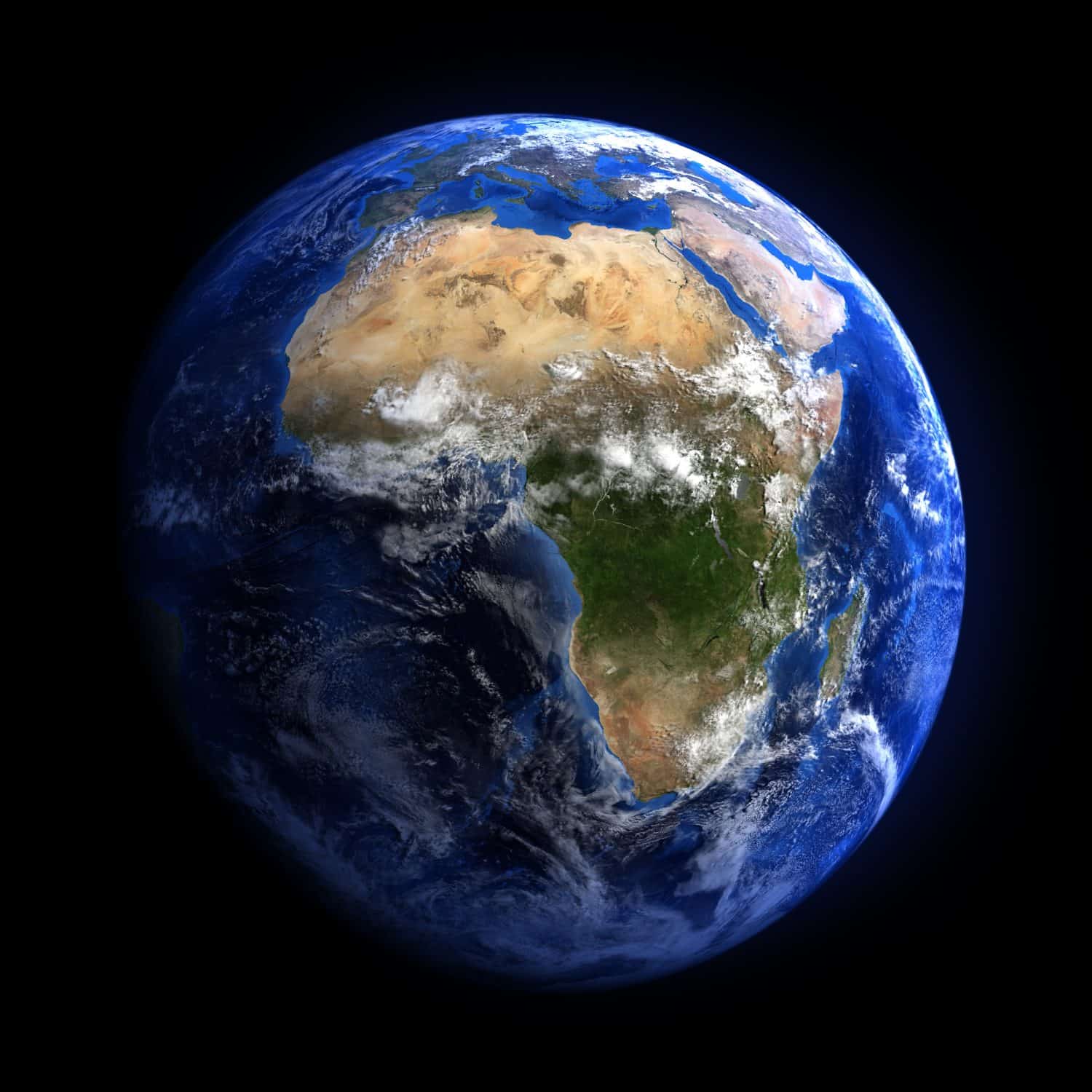
In a broad sense, climate change is, over time, contributing to more extreme weather conditions. This includes warming temperatures in some places, unexpected cooling in others, rising sea levels, and more severe storms. In 2024 forecasters noticed changes in precipitation over West Africa and the Sahara, warmer-than-normal sea temperatures in the Atlantic and Caribbean, and the possibility of a La Niña weather pattern that can weaken wind shear in the Atlantic. This causes more storms with higher wind speeds than normal.
The 2024 Hurricane Season to Date
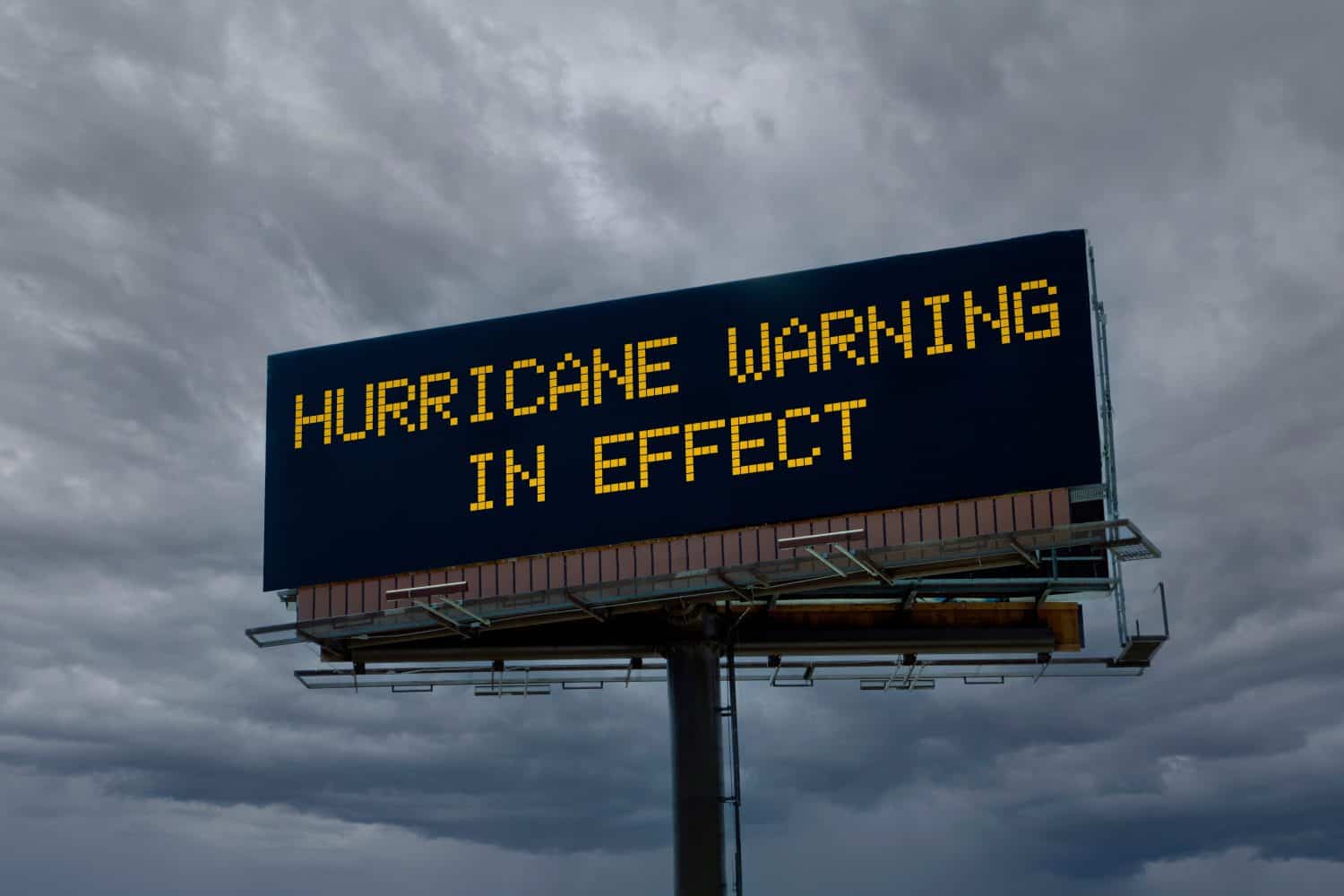
There have now been 15 named tropical storms and hurricanes so far in 2024: 5 tropical storms and 10 hurricanes.
Here’s a rundown of each of the named stores so far this year and what kind of damage they’ve done. Each of the photos is from the actual storm described.
1. Tropical Storm Alberto
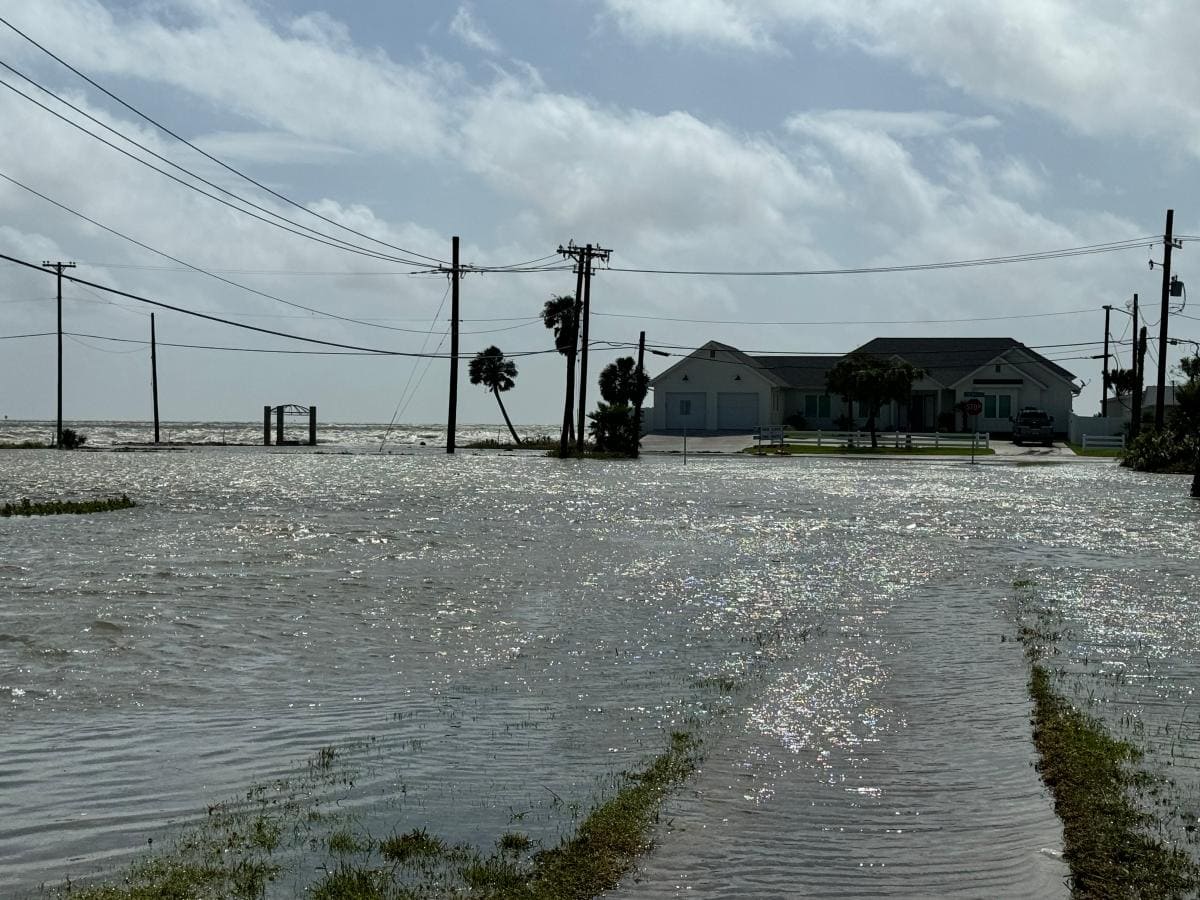
- Date: June 19-20, 2024
- Location: Mexico
- Max Wind: 50 mph
- Damage: $179 million
- Fatalities: 5
2. Hurricane Beryl
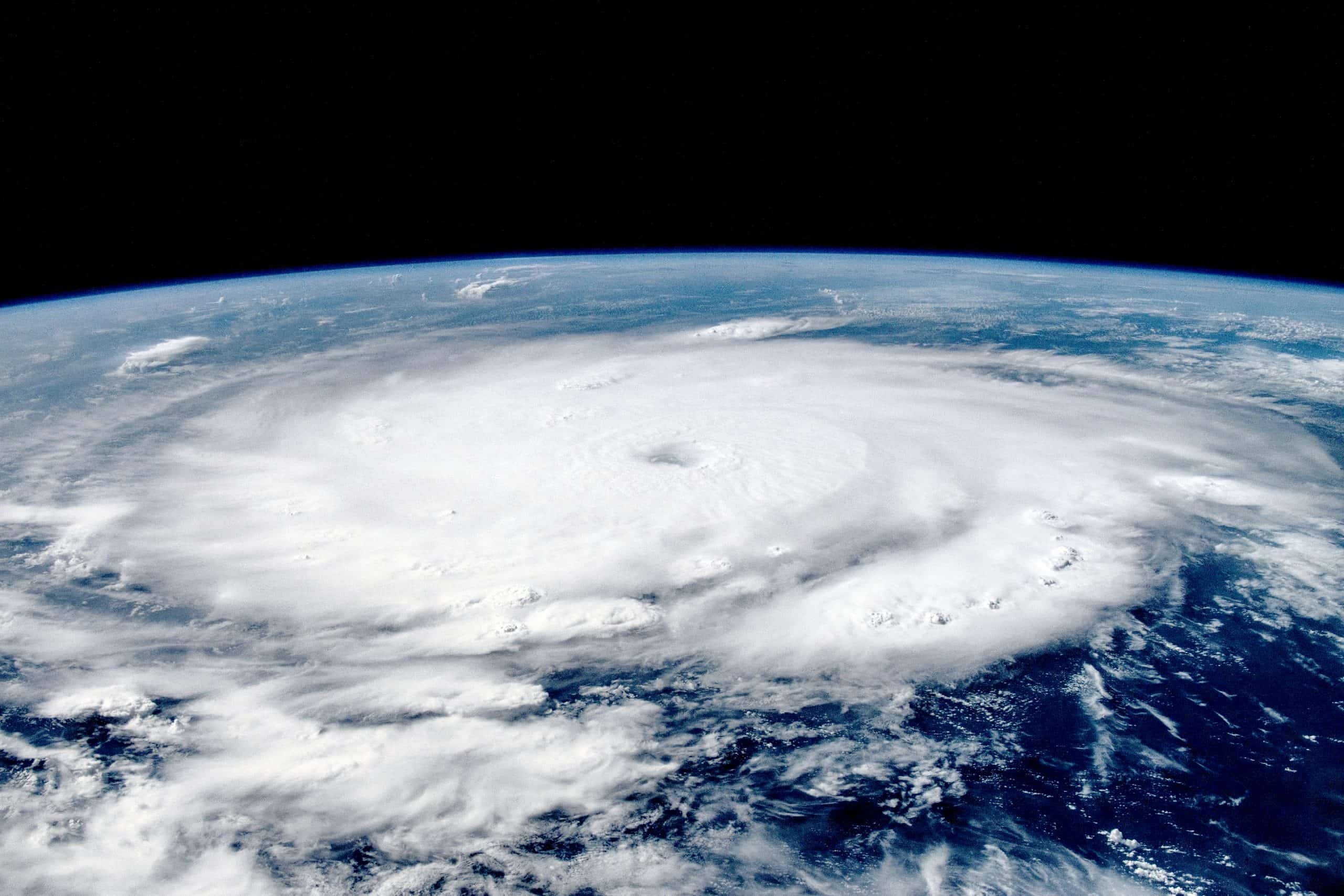
- Date: June 28-July 11
- Location: Barbados, Grenada, St. Vincent and the Grenadines, Trinidad and Tobago, Venezuela, Haiti, Dominican Republic, Jamaica, Cayman Islands, Mexico, Belize Texas, Louisiana, Ohio Valley, Michigan, Ontario, Quebec, Nova Scotia
- Max Wind: Category 5 – 165 mph
- Damage: $6.86 billion
- Fatalities: 71
3. Tropical Storm Chris
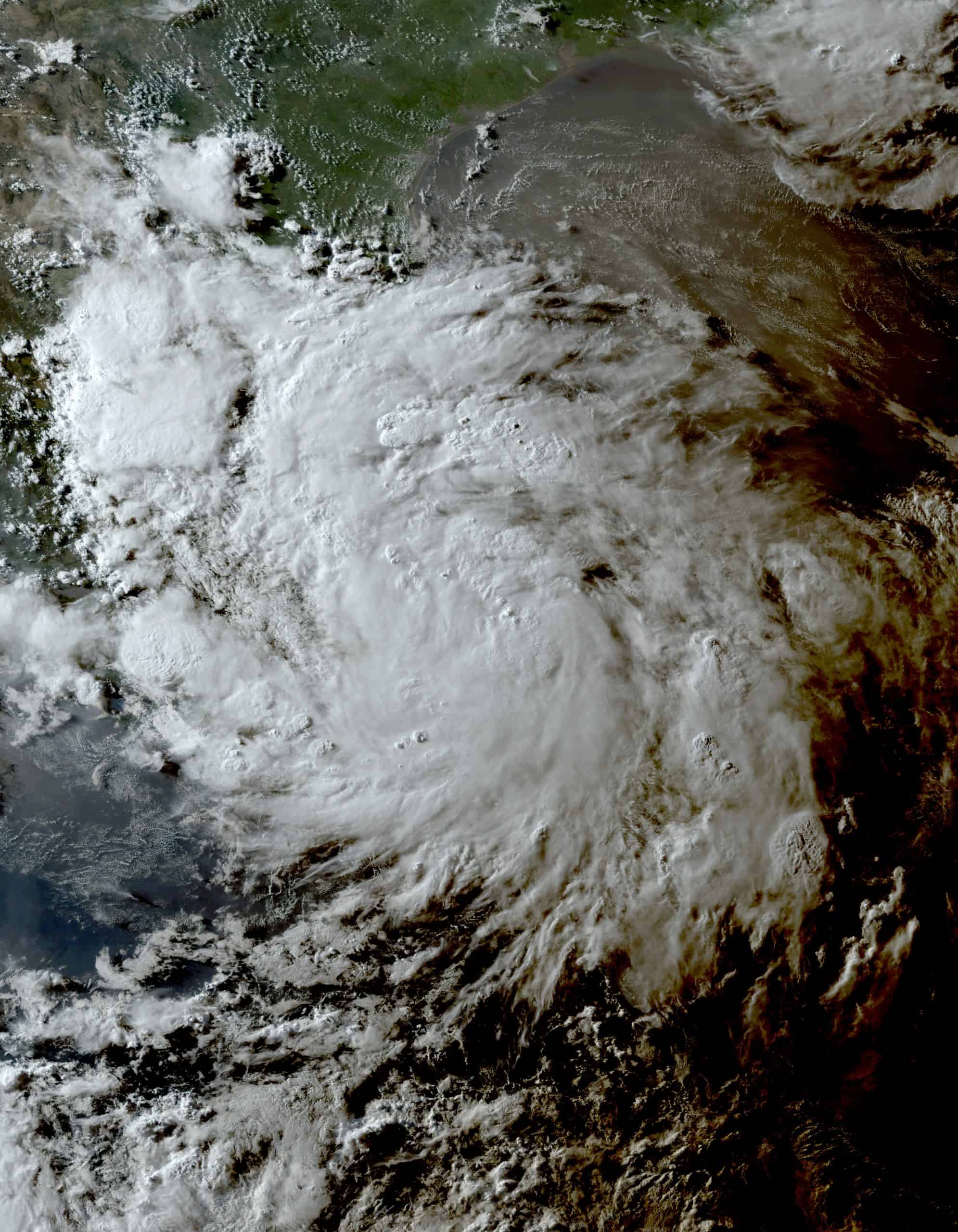
- Date: June 30-July 1
- Location: Mexico
- Max Wind: 45 mph
- Damage: $1 million
- Fatalities: 6
4. Hurricane Debby
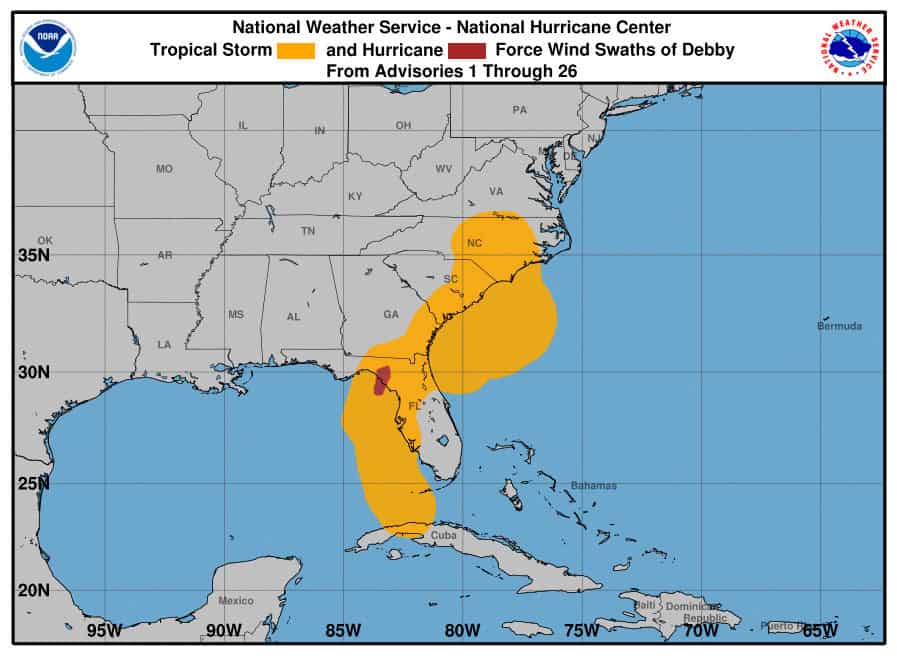
- Date: August 3-9, 2024
- Location: Cuba, Florida, Georgia, South Carolina, North Carolina, Quebec, Maritime Provinces
- Max Wind: Category 1 – 80 mph
- Damage: $7 billion
- Fatalities: 10
5. Hurricane Ernesto
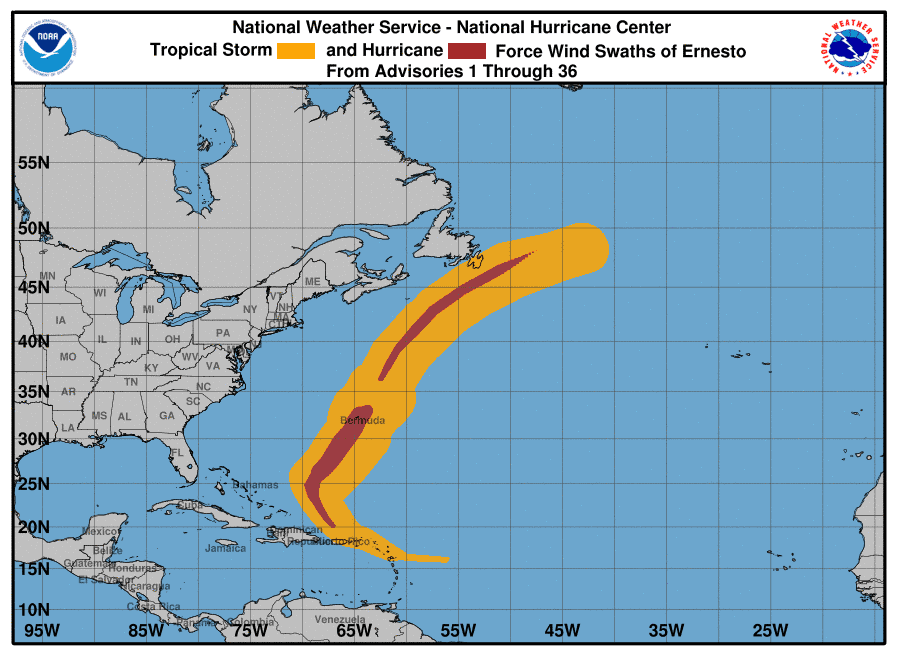
- Date: August 12-22, 2024
- Location: Puerto Rico, Bermuda, Maritime Provinces, Ireland, UK
- Max Wind: Category 2 – 100 mph
- Damage: $24.3 million
- Fatalities: 3
6. Hurricane Francine
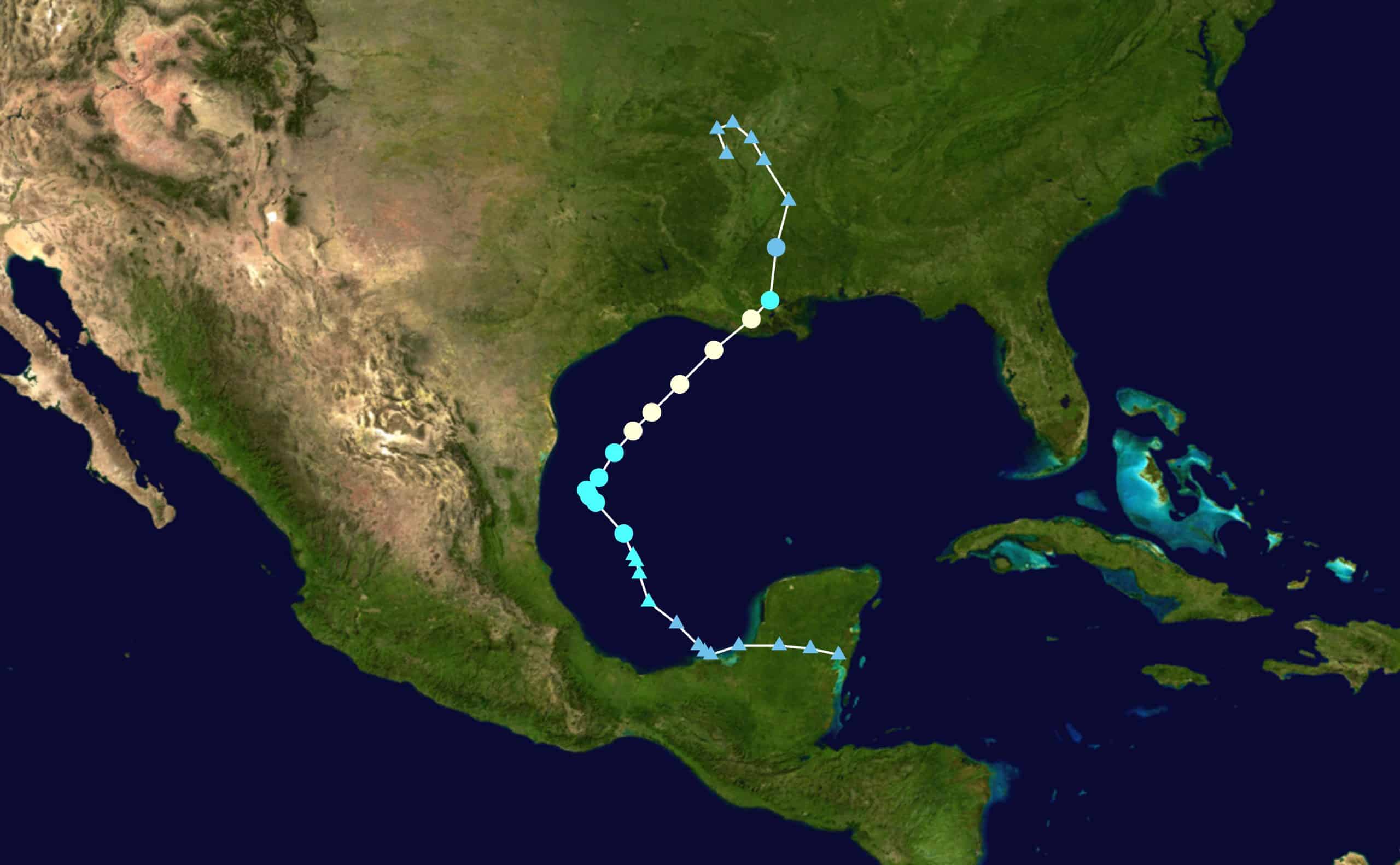
- Date: September 9-12
- Location: Mexico, Texas, Louisiana, Mississippi, Tennessee
- Max Wind: Category 2 – 100 mph
- Damage: $1.5 billion
- Fatalities: 0
7. Tropical Storm Gordon
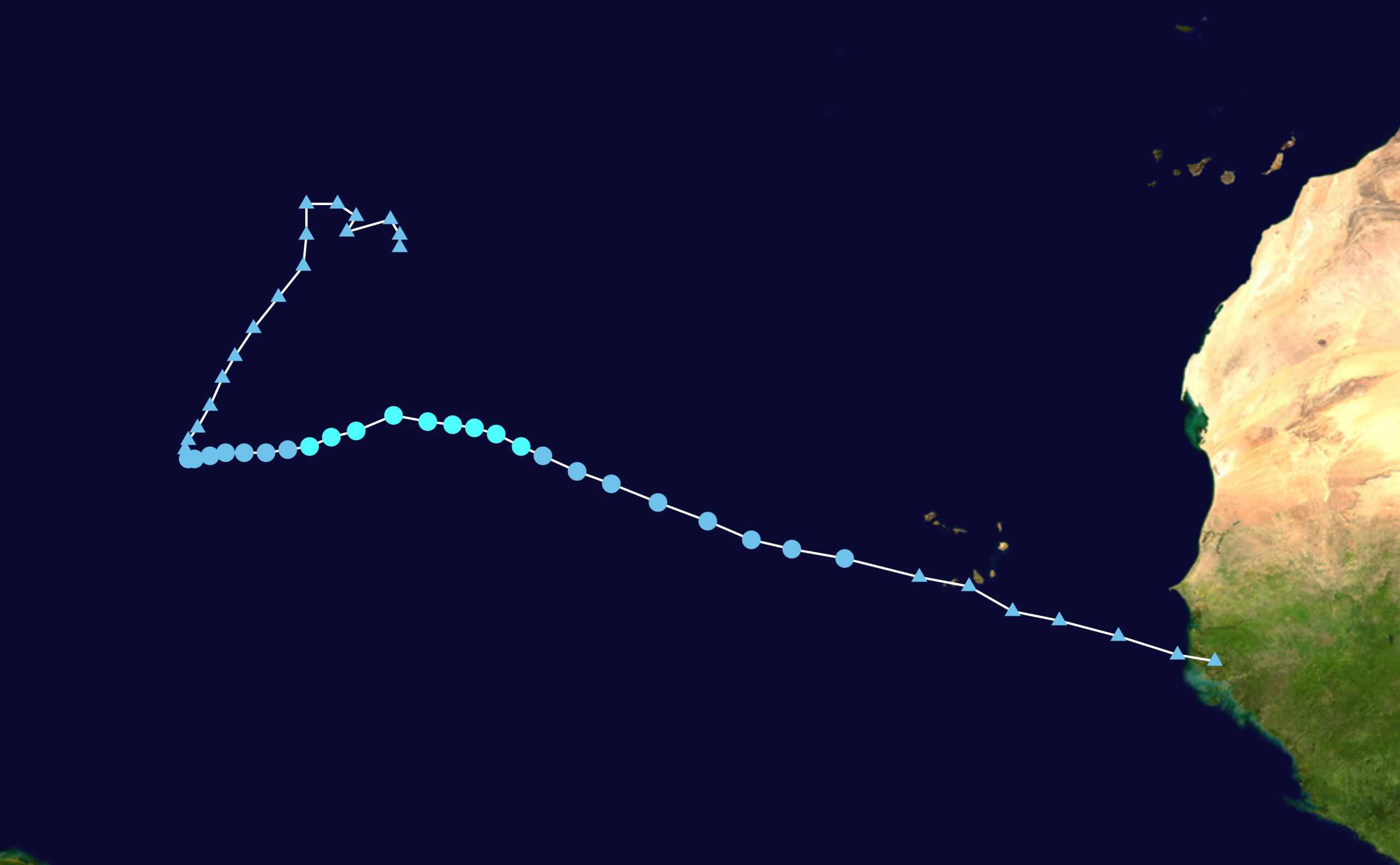
- Date: September 13
- Location: Central Atlantic (no landfall)
- Max Wind: 46.6 mph
- Damage: 0
- Fatalities: 0
8. Hurricane Helene
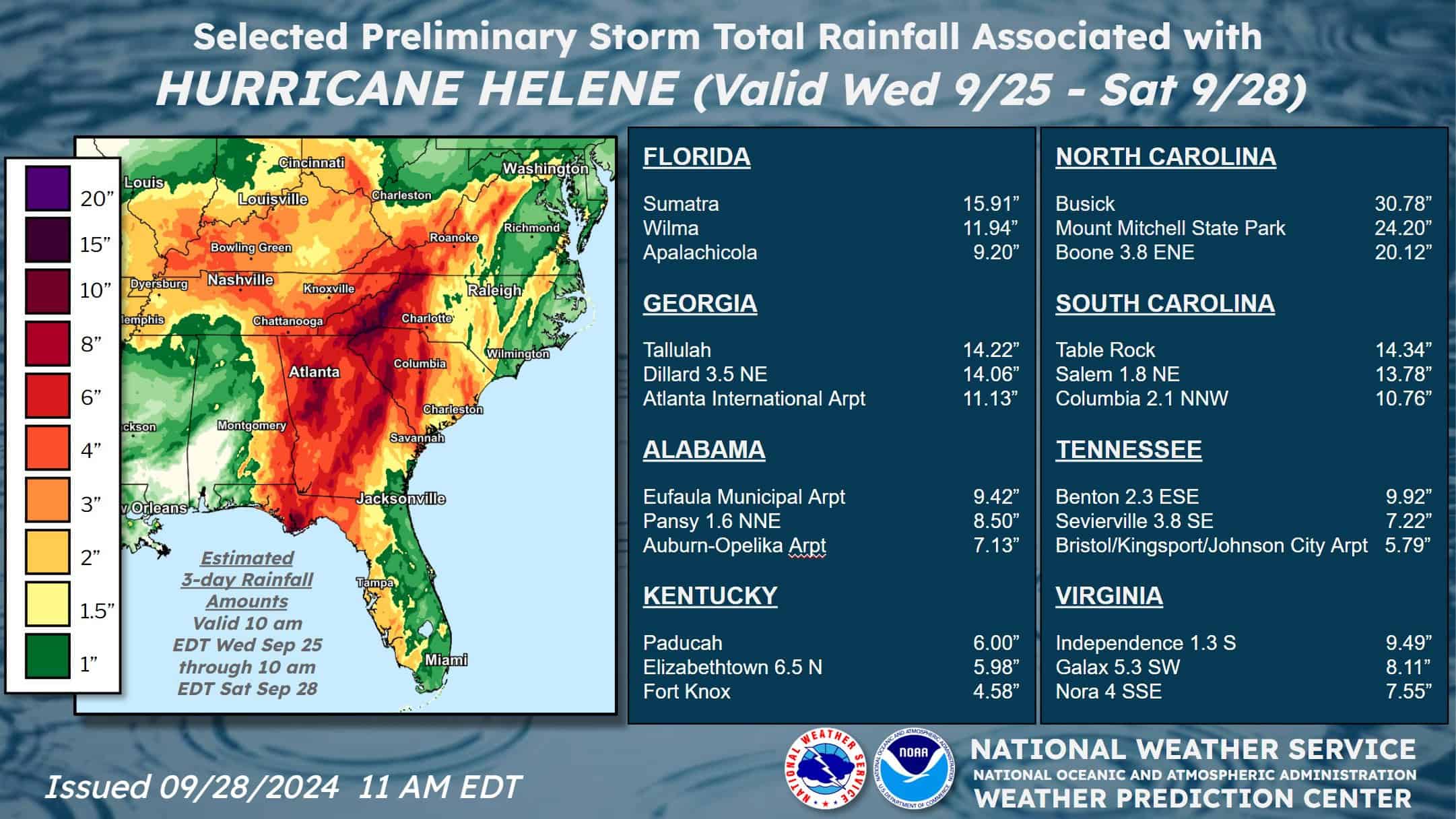
- Date: September 24-29, 2024
- Location: Mexico, Honduras, Cayman Islands, Cuba, Florida, North Carolina, South Carolina, Georgia, Alabama, Tennessee, Kentucky, Virginia, West Virginia, Illinois, Indiana, Ohio.
- Max Wind: Category 4 – 140 mph
- Damage: $45 billion
- Fatalities: 225
9. Hurricane Isaac
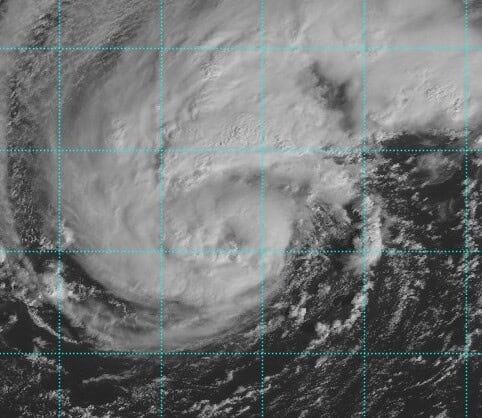
- Date: September 25-30, 2024
- Location: Central Atlantic (no landfall)
- Max Wind: Category 2 – 102 mph
- Damage: 0
- Fatalities: 0
10. Tropical Storm Joyce
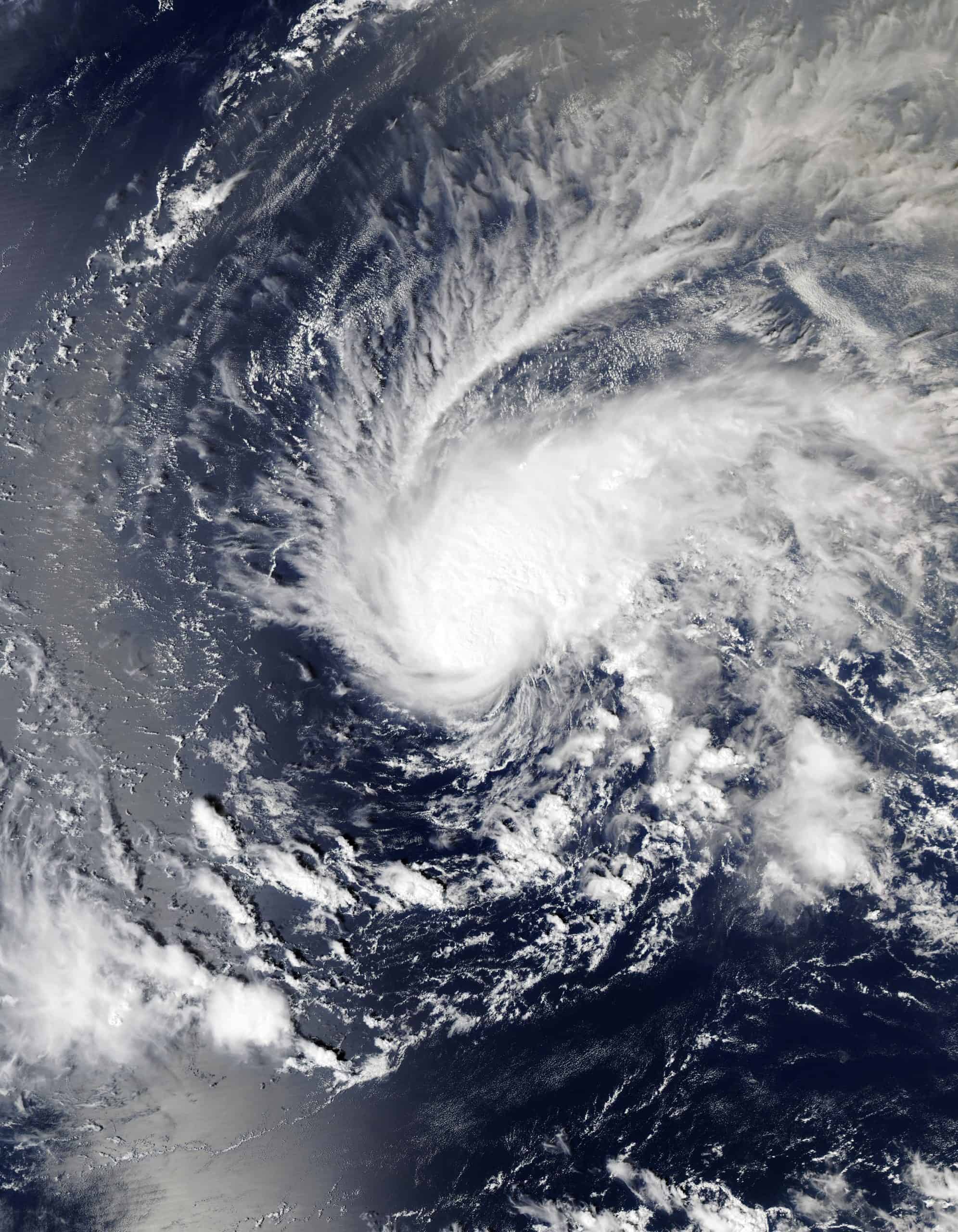
- Date: September 27-30, 2024
- Location: Central Atlantic (no landfall)
- Max Wind: 50 mph
- Damage: 0
- Fatalities: 0
11. Hurricane Kirk
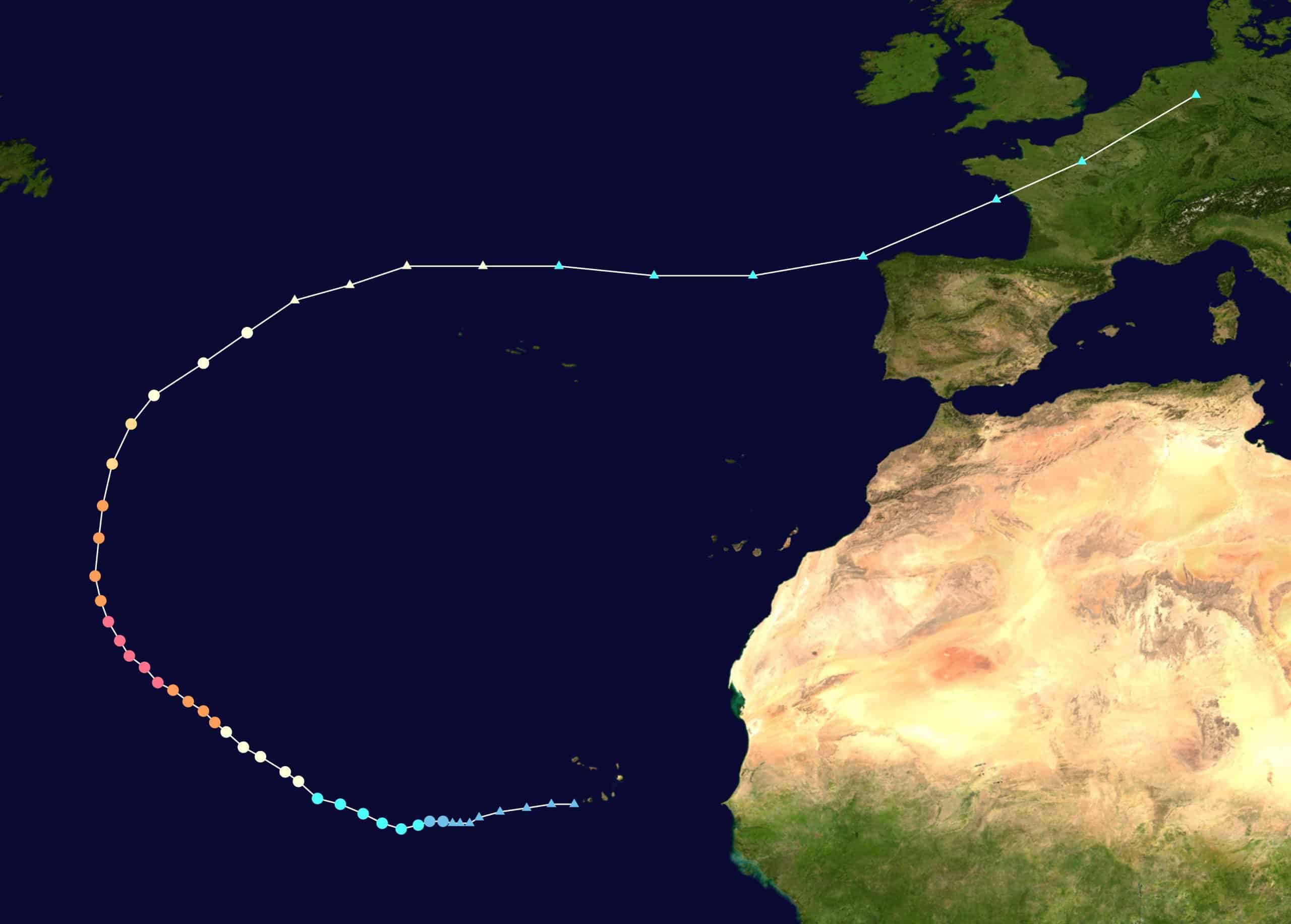
- Date: September 29-October 7, 2024
- Location: Portugal, Spain, France
- Max Wind: Category 4 – 145 mph
- Damage: $10.9 million
- Fatalities: 1
12. Hurricane Leslie
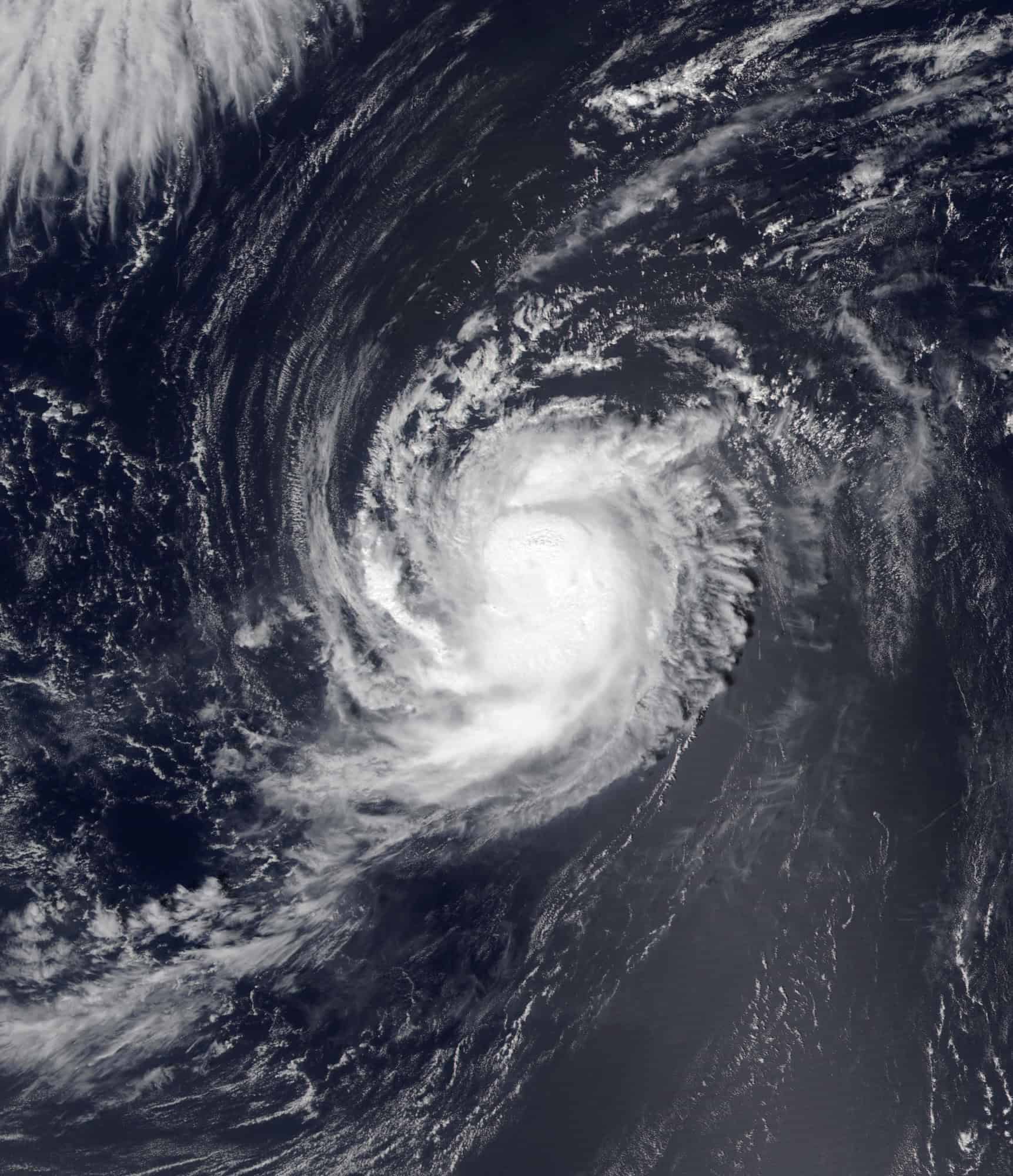
- Date: October 2-12, 2024
- Location: Central Atlantic (no landfall)
- Max wind: Category 2 – 105 mph
- Damage: 0
- Fatalities: 0
13. Hurricane Milton

- Date: October 5-12, 2024
- Location: Mexico, Cuba, Florida, Georgia, Bahamas
- Max wind: Category 5 – 180 mph
- Damage: $50 billion
- Fatalities: 33
14. Tropical Storm Nadine
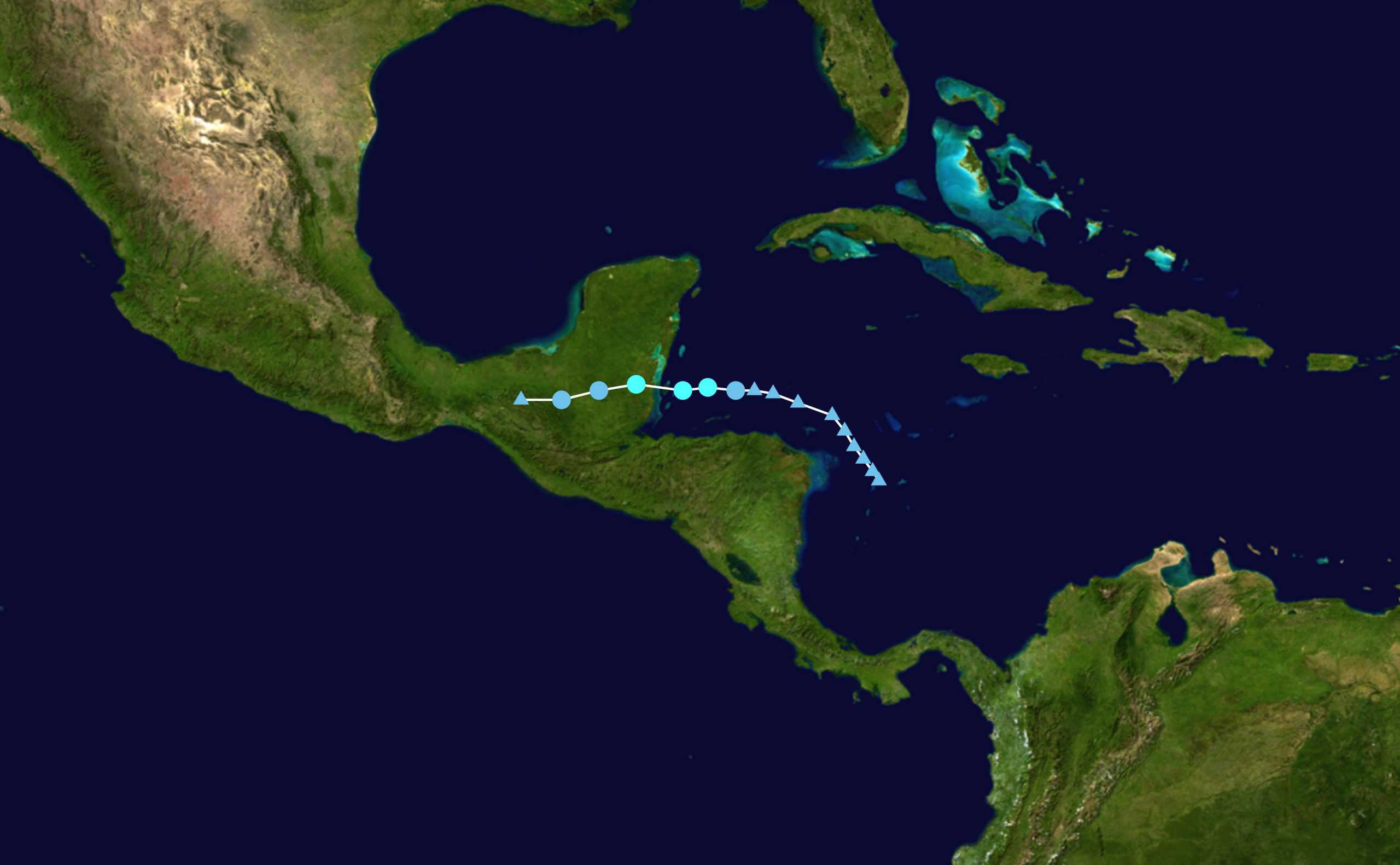
- Date: October 19-20, 2024
- Location: Belize, Guatemala, Mexico
- Max wind: 60 mph
- Damage: $1 million
- Fatalities: 3
15. Hurricane Oscar
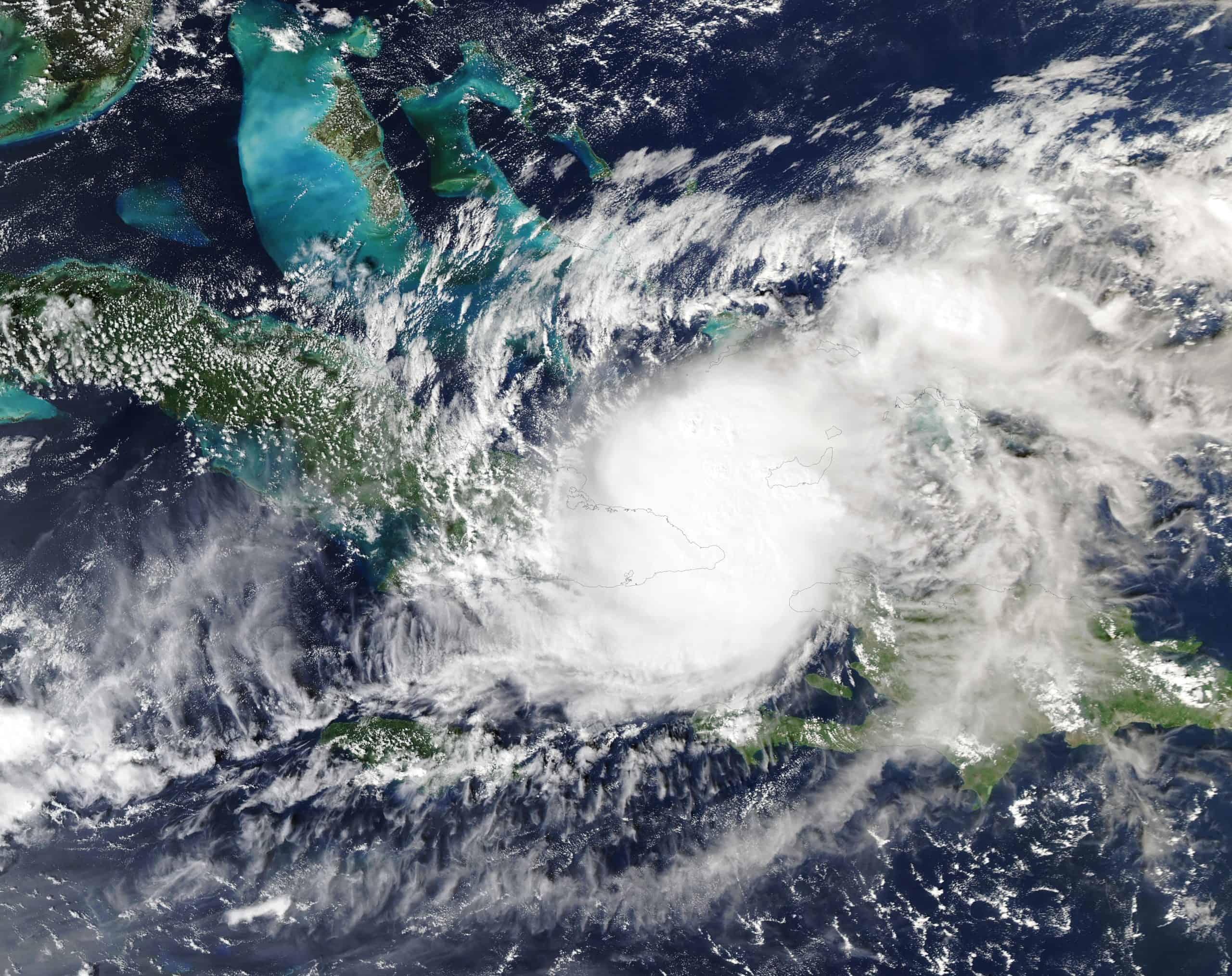
- Date: October 19-22, 2024
- Location: Turks and Caicos, Bahamas, Cuba
- Max wind: Category 1: 85 mph
- Damage: unknown
- Fatalities: 6
In 20 Years, I Haven’t Seen A Cash Back Card This Good
After two decades of reviewing financial products I haven’t seen anything like this. Credit card companies are at war, handing out free rewards and benefits to win the best customers.
A good cash back card can be worth thousands of dollars a year in free money, not to mention other perks like travel, insurance, and access to fancy lounges.
Our top pick today pays up to 5% cash back, a $200 bonus on top, and $0 annual fee. Click here to apply before they stop offering rewards this generous.
Flywheel Publishing has partnered with CardRatings for our coverage of credit card products. Flywheel Publishing and CardRatings may receive a commission from card issuers.
Thank you for reading! Have some feedback for us?
Contact the 24/7 Wall St. editorial team.
